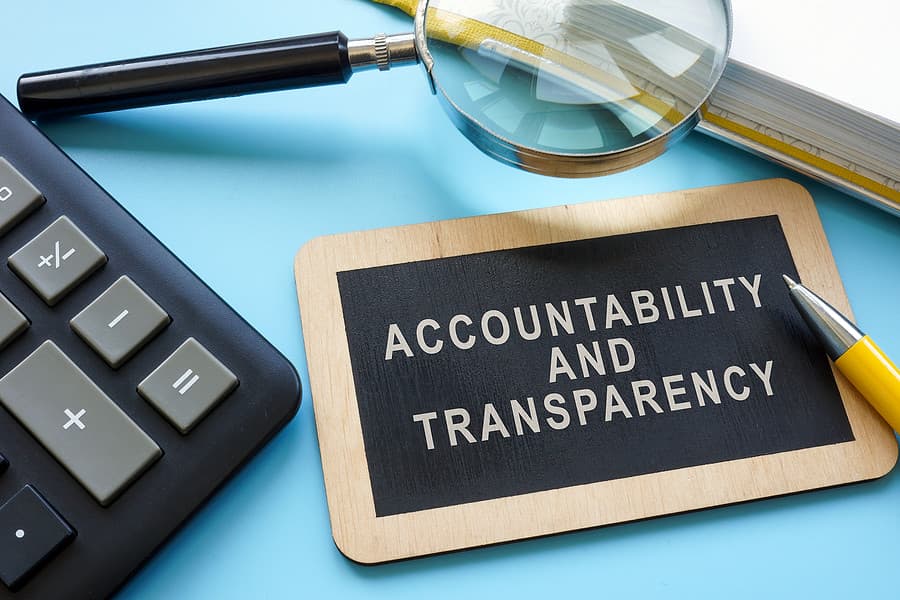Without doubt, the biggest word in people management continues to be engagement. It’s what HRDs strive for; it’s what they want their staff to show; and it’s what they want metrics to prove. But in our minds, running a close second is accountability.
Organizations need accountability
It’s not hard to see why. Every manager wants his/her team to be accountable. Team members want their boss to be accountable to them. And most customers want their providers of goods and services to be accountable. It’s a broad term that implies taking ownership, meeting requirements, admitting mistakes and, perhaps most importantly, keeping one’s word. It’s a standard of competence and trustworthiness, which for organizations is what oil is to machinery. If there’s no accountability, things eventually grind to a halt.
But what happens next?
But accountability doesn’t exist in a vacuum. Simply telling someone they are now accountable for all things related to their role is usually insufficient. It requires understanding and acceptance of what’s expected, both in terms of behavior and results. Otherwise, people are held to standards they may not know exist or haven’t agreed to.
We see this situation often in our consulting work in the realm of professional relationships, particularly between managers and their teams. It happens when someone damages a key relationship with their colleagues or their boss, and then ends up in the “penalty box.” They’re in trouble because, in effect, they didn’t fulfill important expectations related to the working relationship.
As author Blaine Lee observes: “Almost all conflict is the result of violated expectations.” For example, a manager didn’t advocate enough for his/her staff; an employee failed to communicate proactively with key partners; or someone was slow to act on critical feedback from their manager. All of these are important relationship expectations, and one can say that they should be obvious. Except that sometimes these expectations aren’t obvious because they weren’t made explicit and so mistakes get made that can be costly to one’s reputation or career.
HR’s role in accountability
Here’s the point though: In order for there to be consistent accountability in our professional relationships, there must first be explicit conversation and agreement about the mutual obligations/expectations within that relationship. It’s vital HR professionals take control of this.
It includes setting how often both sides will communicate (and in what ways); how feedback will be exchanged; respective roles and goals; agreed-to processes; how each defines “support” and specifics on how to provide it; and identification of hot-button issues, etc.
In short, it means developing clear ground rules for the working relationship that help both sides to feel respected, fully supported, and able to succeed. If you’re unsure where to start, here are a few quick practical suggestions to help this conversation happen and develop the related set of relationship ground rules:
1) Embrace a mindset of meaningful partnership
Leaders and team members must both have the mindset of meaningful partnership. This isn’t ordinary collaboration or teamwork. This is where both sides recognize that they’re highly interdependent, that their fates at work are tied together, and they can only truly succeed if the other does as well. In other words, their focus must be on fully supporting the other. Both partners must accept they’re equally accountable for the health and success of the working relationship. It’s partnership at a level that’s above and beyond, has real impact for both sides, and is based on deep connection, cohesion, coordination and collaboration.
2) Develop a workplace covenant
Leaders and teams need to create workplace covenants. In brief, a workplace covenant is a practical relationship-building process that equips any two parties who have an important work relationship to establish and continuously improve their partnership. By exchanging behavioral and attitudinal obligations and expectations both parties adjust to help the other feel supported and be successful. It should be noted that the word “covenant” has no religious connotation here, but instead simply refers to vital behavioral promises that have obligatory weight. Both partners agree to adhere to these covenants as a matter of personal and professional integrity.
3) Review and use the covenants
Leaders and teams should regularly reflect on their covenants, review them informally and formally, share them with new team members, discuss them during one-on-ones, and use them as a basis for providing routine praise and helpful feedback so that both the leader and team continue to feel supported and be successful. In short, the covenants become the means by which the manager and team ensure that their working relationship stays positive (and even gets better over time). And when this happens, everyone will know clearly what’s expected of them and can be more consistently accountable to their partners.
